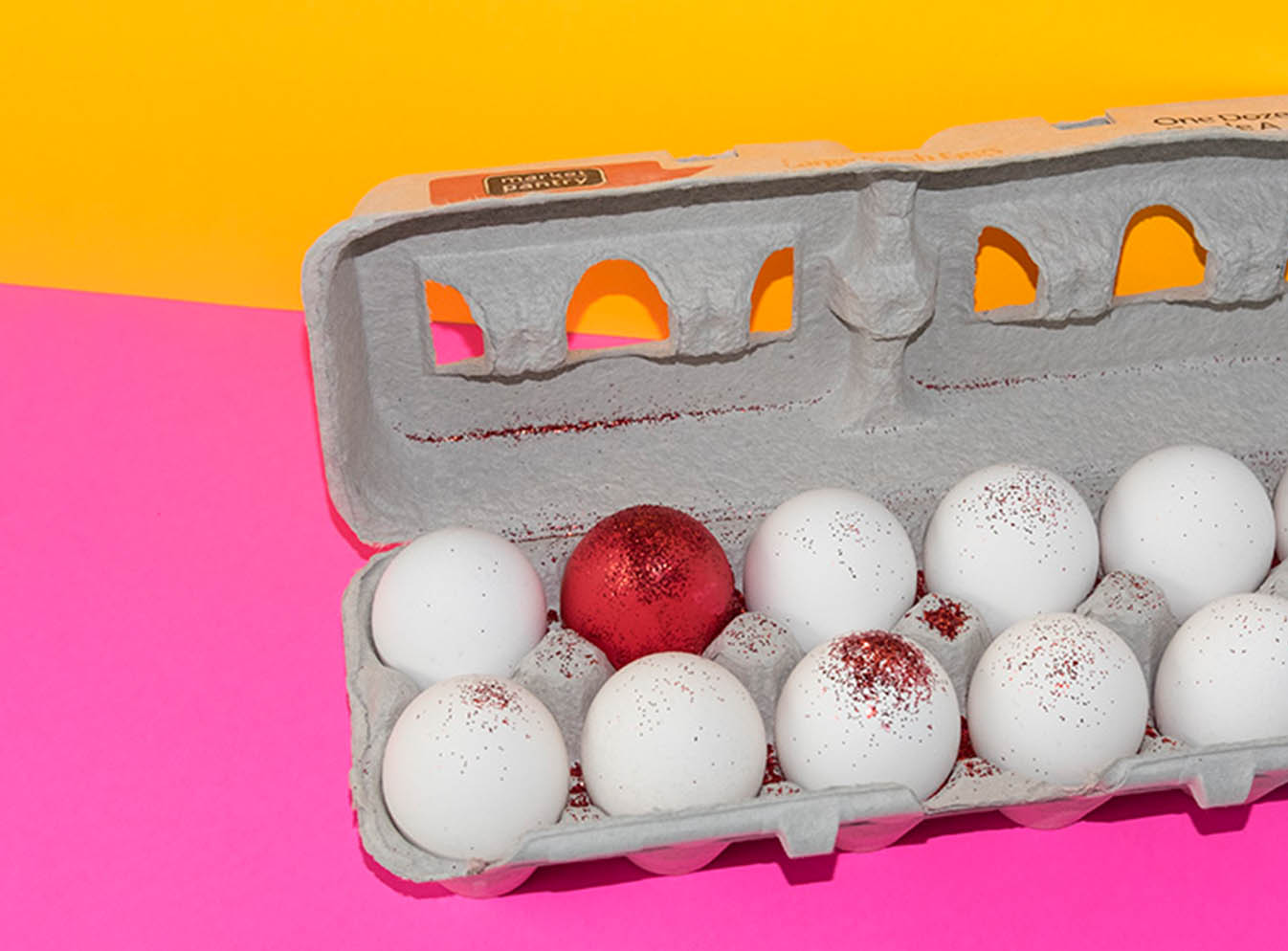Ovulation and Fertility
Ovulation and Fertility
Being aware of your menstrual cycle and when you’re most fertile is key when you’re trying to get pregnant.
Knowing when you’re most fertile is key when you’re trying to get pregnant. And being aware of your menstrual cycle and the changes that happen in your body during your cycle can help you do just that.
Most menstrual cycles last about 28 days. But every menstrual cycle has two parts: before ovulation and after. You are most fertile and most likely to get pregnant two to three days before ovulation and 12 to 24 hours after ovulation.
- Day 1 is the first day of your period.
- Between days 7 and 11, the lining of the uterus begins to thicken and ready itself to nourish an egg.
- Around day 14, ovulation occurs. Your hormones cause an egg to be released into the fallopian tubes to travel toward the uterus. If a sperm unites with the egg, the egg will attach to the lining of the uterus, and pregnancy occurs.
- If the egg is not fertilized, it will break apart. Between days 25 and 28, hormone levels start to drop and your body prepares to shed the lining of the uterus so that the cycle may begin again.
Because there are no outward changes to signal that ovulation has occurred, the first part of the menstrual cycle is the hardest to track. However, there are three methods that may help you keep track of your fertility.
Basal Body Temperature:
Basal body temperature is your at-rest temperature as soon as you awake in the morning. This temperature rises slightly with ovulation, so recording this temperature daily for several months will help you predict when you’ll be most fertile.
Usually this temperature rises only slightly during ovulation, anywhere from 0.4 to 0.8 degrees. You can use a basal body thermometer to detect this change. (Most pharmacies sell them for around $10.) Then plot your daily temperature on a line graph. Reoccurring spikes on the graph usually indicate ovulation.
Calendar:
The calendar method involves keeping a written record of each menstrual cycle on a calendar. Here’s how it works:
- The first day of your period is day 1. Circle it on the calendar.
- Do this for eight months to one year so you know how many days are usually in your cycle. The length of your cycle may vary from month to month, so write down the total number of days it lasts each time.
- To find out the first day you are most fertile, check your calendar for the cycle with the fewest days. Subtract 18 from that number. Take this new number and, starting on day 1 of that period, count ahead that many days on the calendar. Draw an X through this date. The X marks the first day of your cycle you’re likely to be fertile.
- To find the last day you are most fertile, check your calendar for your longest cycle. Subtract 11 from that number. Take this new number and, starting on day 1 of that period, count backward that many days on the calendar. Draw an X through this date. The X marks the last day of your cycle you’re likely to be fertile.
The calendar method should be used with other tracking methods, especially if your cycles are not always the same length.
Cervical Mucus:
The cervical mucus method involves being aware of the changes in your vaginal discharge throughout the month. The hormones that control the menstrual cycle also change the kind and amount of discharge, or mucus, you have before and during ovulation. Right after your period, there are usually a few “dry” days when no mucus is present. As the egg matures, mucus increases in the vagina and is white or yellow and cloudy and sticky. The greatest amount of mucus appears just before ovulation. During these "wet days" it becomes clear and slippery. This is when you are most fertile. About four days after the wet days begin, the mucus changes again. There will be much less, and it becomes sticky and cloudy. You might have a few more dry days before your period returns. Describe changes in your mucus on a calendar. Label the days “Sticky,” “Dry” or “Wet.” You are most fertile at the first sign of wetness after your period, or a day or two before wetness begins. This method is not reliable for all women, so pair it with another fertility awareness method. Women who are breastfeeding, have vaginitis or sexually transmitted diseases (STDs), or have had surgery on the cervix should not rely on this method.
Produits recommandés
Absorbency Level
Absorbency Level
Absorbency Level





